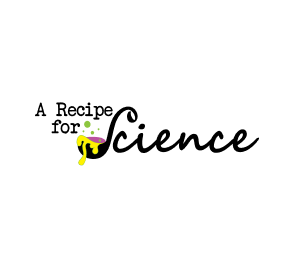



Welcome to a world where the mysteries of the sky meet the comfort of your home! Today, we're diving into a fascinating experiment that allows you and your little ones to explore the wonders of weather. It's called the "Make It Rain" experiment, and it's a delightful and educational activity that brings the science of meteorology right into your living room.
The experiment is simple yet captivating. With a few household items, you can simulate the formation of rain clouds and the precipitation process. It's a hands-on demonstration that not only entertains but also educates, sparking curiosity about the natural world.
Meteorology, the branch of science concerned with the processes and phenomena of the atmosphere, particularly weather and weather forecasting, is at the heart of this experiment. By creating a rain cloud in a jar, we're replicating a tiny segment of the water cycle. This cycle is crucial for understanding weather patterns, and by observing the "rain" fall in the jar, we're witnessing a fundamental meteorological process: precipitation.
- Instead of a glass canning jar, any clear glass container will do.
- A regular kitchen plate can replace the ceramic plate, as long as it's safe to handle temperature changes.
- No ice cubes? Frozen peas or other small frozen items can create a similar cooling effect.
This experiment is perfect for children aged 5 and up, with adult supervision. Preparation takes mere minutes, and the results are immediate, making it an ideal activity for those short on time but big on curiosity. So gather your materials, and let's make it rain!
Remember, the joy of learning is in the journey, not just the destination. Happy experimenting!
Click here for the full experiment details. Checkout the main website: Science Fun for Everyone!
Get experimenting!
Feed your knowledge.
Come back for more recipes for science!